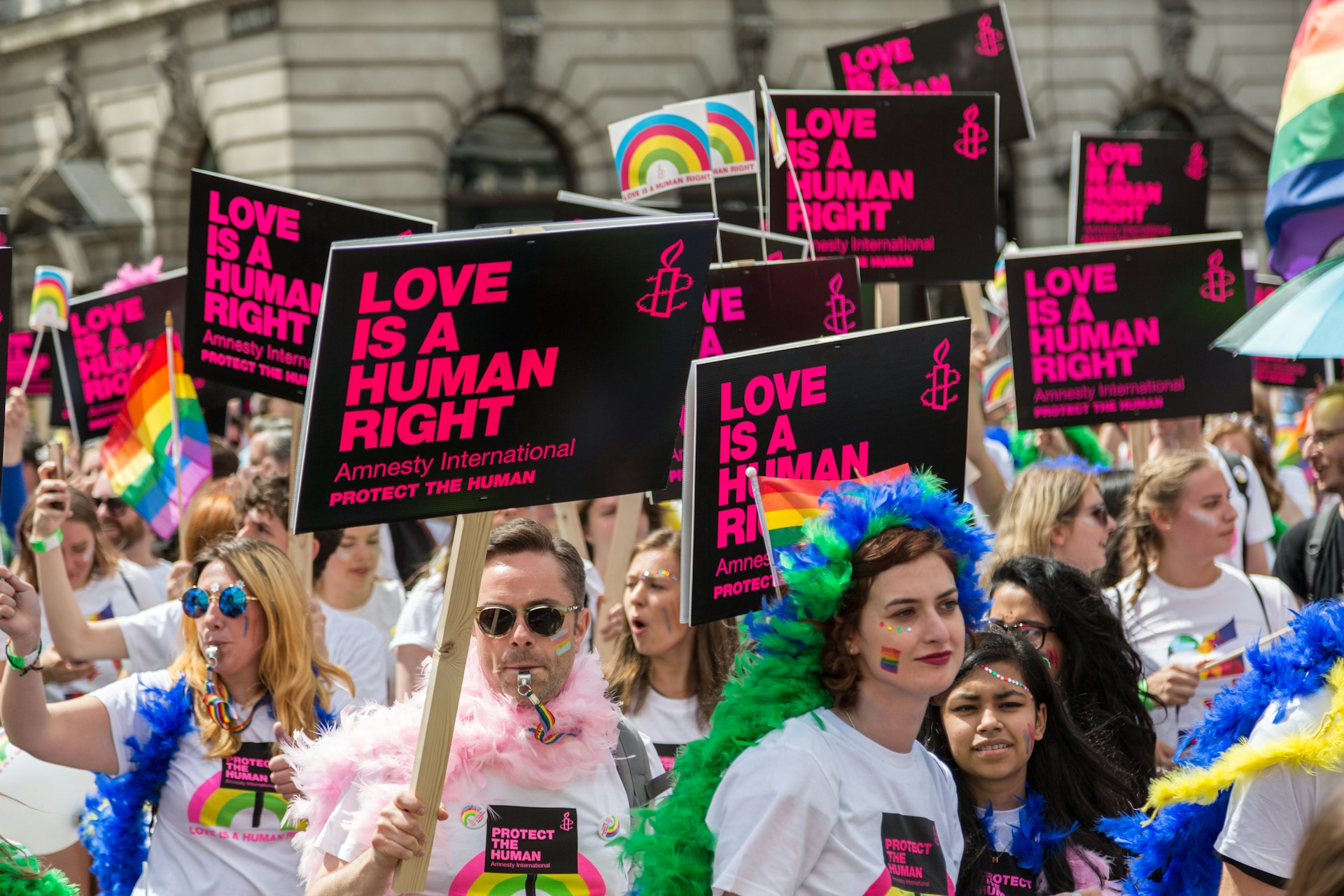The relationship between diversity in the media and mental health is complex and multifaceted. On the one hand, representation of diverse groups in the media can have a positive impact on mental health by promoting self-esteem, reducing feelings of marginalization, and increasing empathy and understanding. On the other hand, a lack of representation or harmful representation of marginalized groups can have negative consequences for mental health, perpetuating feelings of shame, stigma, and low self-worth.
One of the key ways that diversity in the media can affect mental health is by promoting self-esteem and a sense of belonging. When people see themselves and their experiences reflected in the media, they feel valued and seen. This can have a positive impact on their self-esteem and can reduce feelings of marginalization and exclusion. For example, the representation of people with disabilities in the media can help to challenge the stereotype that they are less capable or less valuable, and can help to promote a more inclusive and accepting society.
In addition, media diversity can help to reduce prejudice and increase empathy and understanding. Representation of marginalized groups can help to challenge stereotypes and promote a more nuanced understanding of different communities. This can in turn help to reduce prejudice and increase empathy and understanding, which can have a positive impact on mental health.
Moreover, media diversity can also play an important role in reducing stigma and promoting social and political change. Representation of marginalized groups can help to bring attention to important social and political issues, and can help to challenge harmful attitudes and beliefs. For example, the representation of LGBTQ+ people in the media has helped to increase visibility and acceptance of the LGBTQ+ community, and has played an important role in reducing stigma and advancing LGBTQ+ rights.
However, despite the positive impact that diversity in the media can have on mental health, representation remains a challenge. In many countries, media ownership is concentrated in the hands of a few corporations, and the voices and perspectives of marginalized groups are often underrepresented or excluded entirely. This can lead to a narrow representation of reality, and can perpetuate stereotypes and prejudice.
Moreover, media diversity is also often limited by the fact that many media outlets are run by people who come from a limited range of backgrounds and experiences. This can result in insensitive or even harmful representation of marginalized groups, which can have negative consequences for mental health. For example, the negative representation of people with mental illness in the media can contribute to stigma and discrimination, and can worsen feelings of shame and low self-worth.
To address these challenges, it is important to increase diversity in the media industry, both in terms of ownership and staffing. This can help to ensure that media outlets are representative of the communities they serve, and that a range of voices and perspectives are heard. It is also important to raise awareness of the negative impact that harmful representation can have on mental health, and to promote media literacy and critical consumption of media.
In conclusion, the relationship between diversity in the media and mental health is complex and multifaceted. Representation of diverse groups in the media can have a positive impact on mental health by promoting self-esteem, reducing feelings of marginalization, and increasing empathy and understanding. However, a lack of representation or harmful representation of marginalized groups can have negative consequences for mental health, perpetuating feelings of shame, stigma, and low self-worth. To address these challenges, it is important to increase diversity in the media industry and to promote media literacy and critical consumption of media.

